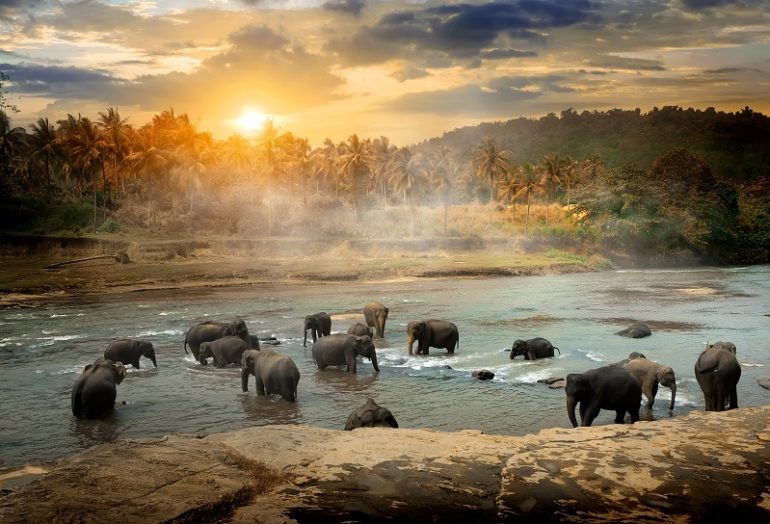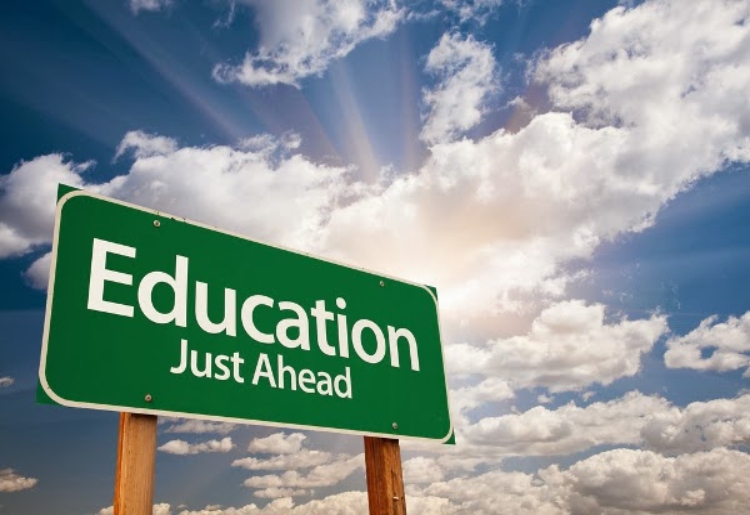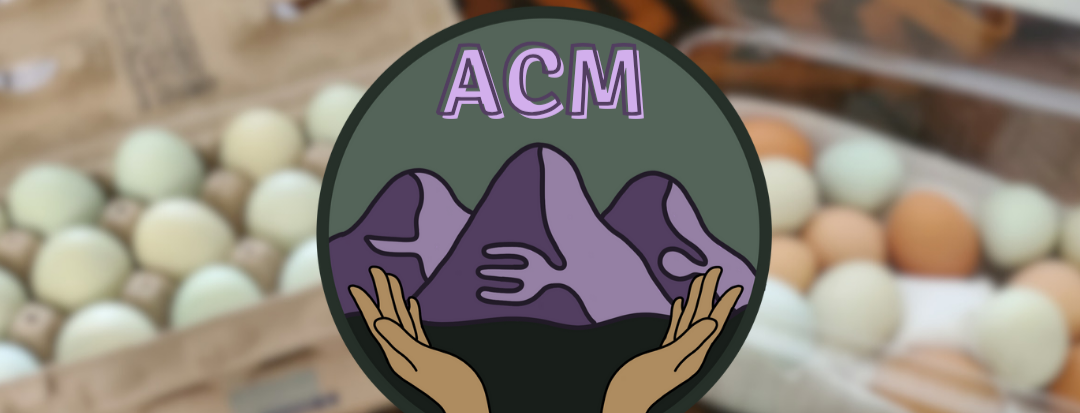When many of us think of wildlife conservation, we think of national parks, bureaucratic institutions, or opposing business interests. However, what many of us probably don’t think of are the ways we can preserve, regenerate, or enhance the wildlife or natural environment in our immediate communities, homes, and lives.
Wildlife conservation, at its most basic level, is about protecting what we can no longer live without. Climate change is one of the largest threats to our planet and human civilization. The health and vitality of our biosphere affects every aspect of life on this planet, humans included. If a large portion of wildlife ceased to exist then what would happen as a result?
How would an absence of wildlife affect microbial processes? Microbial processes are what mediate many abiotic factors such as climate, soil quality, and water quality/quantity. For example, what would happen to the soil if microbes weren’t around to help cycle nutrients? Over time, soils would likely lose fertility and become less productive.
And what about water quality? Microbes are what mediate many biogeochemical processes which determine what is in our water. What would happen to our waters if microbes weren’t around to purify it or turn algae into its oxygen-containing molecules? Eventually, our waters would also lose fertility, become polluted, and suffocate everything that depends on it for survival.
Wildlife conservation is about understanding everything in life as interconnected through complex relationships.
We cannot expect to protect what we cannot understand. Biodiversity is important because every organism is a cog in the wheel of life. Each species, whether it is a microscopic bacterium or large mammal, serves an important function in its environment, and what comprises that environment is what defines that organism’s niche. Niches are what give organisms their function and structure which then determines what other organisms can be found there . If we want to preserve biodiversity and protect what we cannot live without, we need to understand the interconnectedness of all living organisms and what they do for each other and their environment.
“[We] should learn about climate change not because human emissions of greenhouse gases so directly warm the planet but because Earth’s climate delivers essential services upon which modern society depends.” – David Wirth [1]
What happens when humans interfere with what what we cannot live without, either through ignorance or through malice? The answer to that question is also what can teach us what can happen if we do not preserve what we cannot live without. For example, the decline of bee populations has many agriculturalists concerned because bees are what help pollinate crops for human consumption. If there were no more bees on Earth then what would happen to our diets? What about the birds who depend on insects for sustenance? The problem is multi-faceted and involves human activity in both its indirect and direct forms from habitat loss from development to pesticides poisoning their food supply. Many people have already heard this story before so it’s not a secret by any stretch of the imagination . In fact, you probably know what will happen if bees go extinct because you’ve already heard about what happened to the dodo bird.
Scientific research has shown that what happens in nature can affect what happens in our environment and what we put into it . Every organism, from a microscopic bacterium to a giant redwood tree, serves an important function that contributes to making Earth a better place for all of us to live (abiotic factors). If we want our planet, communities, homes, and lives to be a better place for future generations than now is the time learn what every living thing does for Earth so that together we can build regenerative solutions. The solutions will come with knowledge and action instead of ignorance or malice toward what we cannot live without. We cannot protect what we cannot understand.
The goal of wildlife conservation is to act as if ecosystems were superorganisms; organisms that are composed of organisms . Conservation, like what you learned in middle school, is about biodiversity (quantity) and ecosystem services (quality). However, what makes biotic factors unique compared to abiotic ones is how they affect each other both directly and indirectly. To practice regenerative agriculture, for example, means not only focusing on soil fertility but also learning what affects the health of crops (both human-edible and nonhuman-edible), what role insects play in pollination or plant reproduction or pest control, what kind of birds you have around your farm so that they can be left undisturbed, what kind of plants can attract butterflies, what kind of trees are beneficial for the soil around them , what kind of organisms compose your soil , what kind of microorganisms are in your bodies and/or on your skin , etc. Everything is interconnected to everything else .
We cannot talk about wildlife conservation without talking about climate change. Climate change is has caused biodiversity loss worldwide. With what we know about what happens in nature, it becomes clear that what humans are doing to the planet is not sustainable.
If you want an alternative form of agriculture then what organics is currently promoting may be better for your crops but what most fail to realize is that organic agriculture still has a negative impact on biodiversity .
What needs to be done, what must be done, is what regenerative agriculture seeks help with: changing how people think about conservation. Conservation means making something better through understanding what every organism does for the environment and taking action by leaving certain organisms alone so they can do/be their thing and creating proper habitat for other organisms so they can do theirs too. Like what you learned in middle school, practice makes
Learn More about Moneyless Society and Support Our Work
We are active community builders, looking to make money obsolete by engineering better ways to live, through the implementation of universal basic goods and services, automation, technology, systems thinking, and much more. If you would like to learn more about our organization, Moneyless Society, check out who we are and what we do.
Be on the lookout for our book, Moneyless Society: The Next Step of Social Evolution, coming May 1st, 2022.
Listen to and support our podcast and our work.
Watch for our movie coming soon, also!
If you’d like to help us, make a tax-deductible donation to our 501c3 nonprofit organization, or volunteer for one of our many positions, please let us know by emailing us at [email protected]
Thank you for reading!


